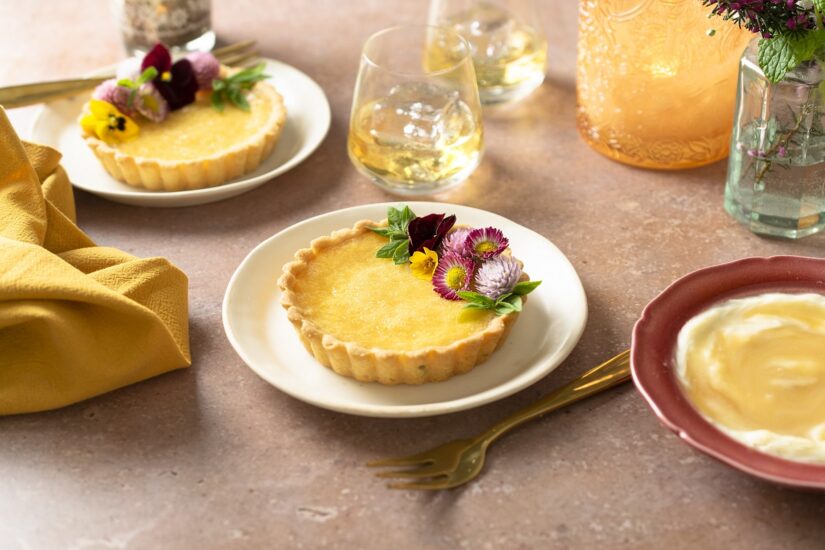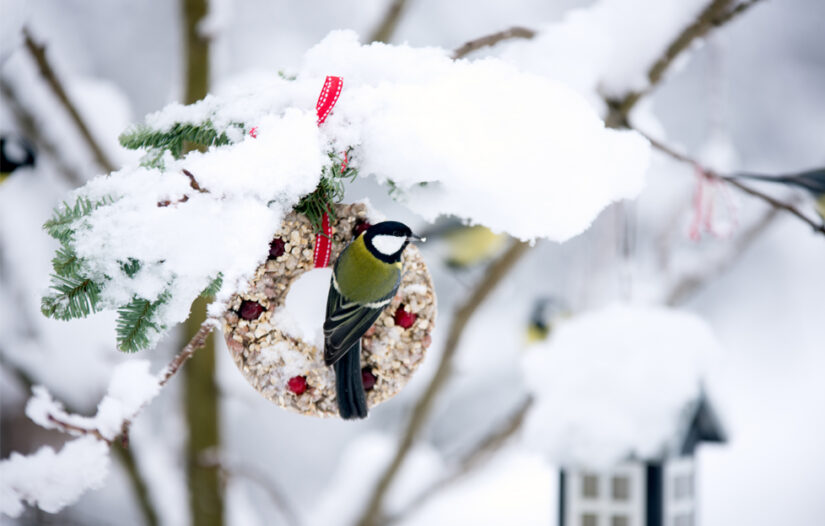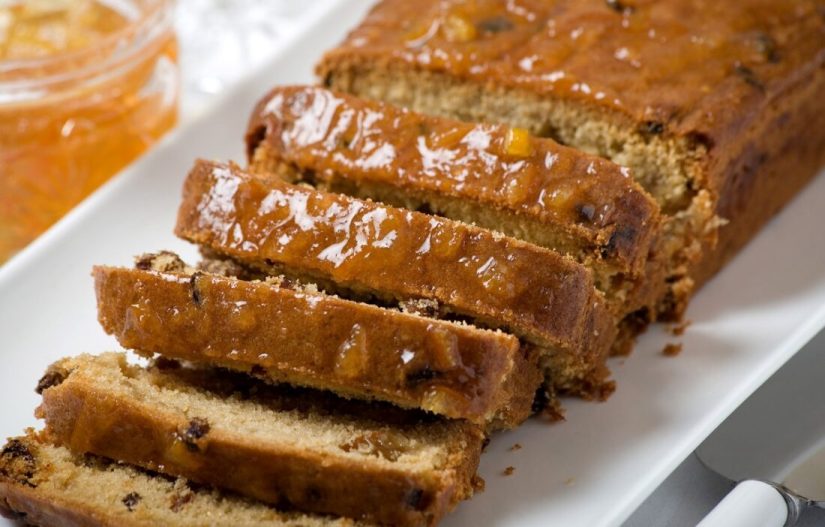
Here, we take a look at some of the stories and traditions surrounding our favourite edible Easter treats…
Hot cross buns
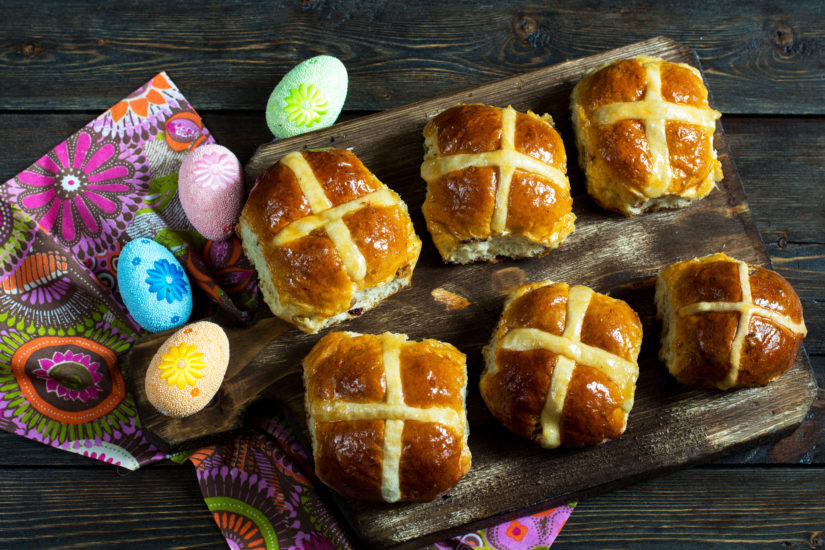
Pic: Shutterstock
The early history of hot cross buns is unknown, although sweetened, spiced buns have traditionally been baked and eaten for breakfast on Good Friday for hundreds of years.
They were originally known as “Good Friday Buns” or “Cross Buns”, but became commonly known as Hot Cross Buns some time before the 1730s. This was probably because the buns tended to be sold on the streets, with street sellers crying, “Hot cross buns,” calling attention to their freshly baked goods.
One of the earliest recipes is to be found in “The Everyday Book” by William Hone, published in 1836, where he remarked that hot cross buns were “the usual form of buns; though they are distinguished from them inwardly by a sweeter taste, and the flavour of all-spice, and outwardly by the mark or sign of the cross.”
Along with the cross, later recipes for hot cross buns do have several things in common:
- They are small bread buns which use yeast to make them rise, and are flavoured with ground mixed spice.
- They have dried fruit (usually currants, sultanas and citrus peel) in them.
- A sticky, sugary glaze is brushed on them after baking.
Making the cross
Modern bun recipes use a soft, sweet white pastry, piped over the top. Yet the earliest recipes only ever cut into the dough before baking to mark the cross.
Going back to the mediaeval period, marking breads, buns and cakes with the sign of a cross was common practice. The cross was said to ward off the evil spirits which could affect the bread and make it go mouldy quickly.
However, during the 17th century, in many parts of Protestant Britain, the practice of marking a cross on baked goods was condemned as “Popish” (Catholic behaviour) and was stopped. Only buns made on Good Friday continued to bear a cross, in remembrance of the Crucifixion.
During Cromwell’s time, Puritans actually banned the eating and selling of rich cakes and spiced pastries, because of their religious significance. The spices, which came from the East, were also viewed with suspicion since they were associated with the Magi and their gifts for the Infant Jesus.
The law which authorised the imprisonment of anyone eating or selling the forbidden cakes has apparently never been repealed!
Passover pudding and Good Friday cakes
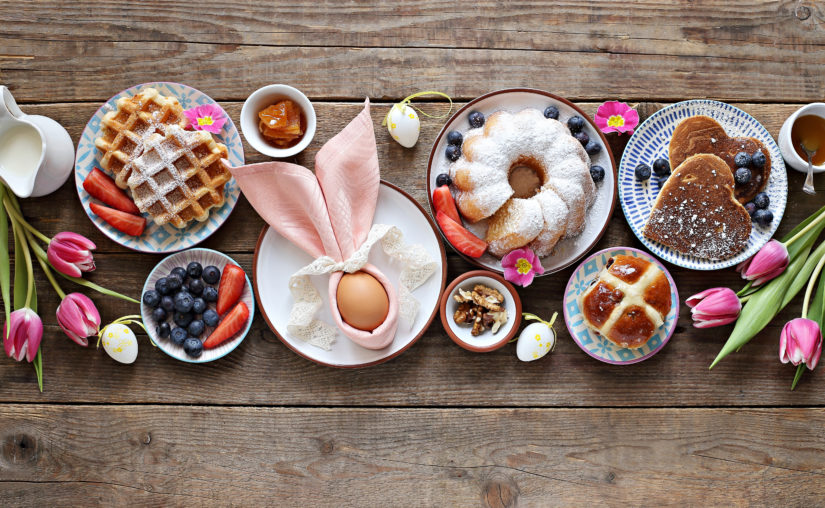
Pic: Shutterstock
The eating of fish on Good Friday continued to take place in many homes, both Catholic and Protestant, although the herb or Passover pudding died out in the mid-19th century. This pudding was made from eggs, cream, sugar and breadcrumbs flavoured with the juice of tansy. This gave it a green colour and a very bitter taste.
There was also a tradition of baking Good Friday cakes. Superstition played a part in this. It was believed that making and eating a cake made especially on Good Friday meant the household would not want for money or food for the next year.
In Whitby, in the 1790s, people made Easter biscuits from best flour. Holes were made in the biscuits and they were then strung from the ceiling for the coming year.
Although Passover pudding and Good Friday cakes are no longer popular, many versions of Easter biscuits are still baked today.
Simnel cakes
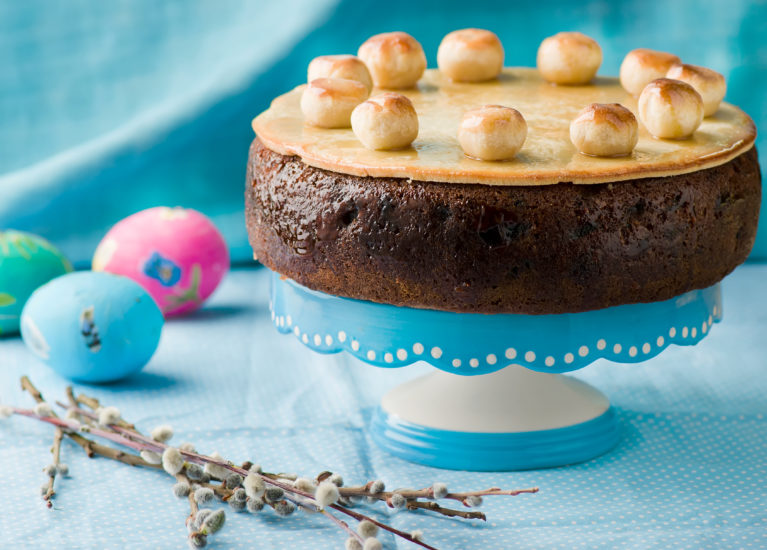
Pic: Shutterstock
Modern simnel cakes are rich, heavily fruited cakes, featuring a layer of almond paste through the middle, almond paste icing and almond paste balls arranged around the top of the cake. Traditionally there are 11 balls to represent the Apostles (except Judas).
However, early simnels were a type of curranty spiced bread, baked flat – not in a cake tin. Gradually they became richer and more heavily fruited, resembling the moulded plum cakes of the 18th and 19th centuries. These cakes often used ale yeast, or barm, as a raising agent. Early simnels seem to have been boiled before they were baked, probably with a protective flour crust.
Saffron, a popular yellow colouring, added to the paste, would have given a golden crust. This golden colour survives in the modern almond paste icing.
The almonds, once used in the cake mixture itself, now form the layer of almond paste in the middle.
The cake was a traditional gift for Mothering Sunday, in Lent, when servants were often given a day off to visit their mothers.
There are a few thoughts about how the simnel cake came by its unusual name. One story tells of an old couple, Simon and Nellie, who couldn’t agree on how to use up some cake ingredients. One wanted to boil the cake, the other said it should be baked, so they did both, and the cake was named “sim-nel” for their combined efforts.
However, it is now thought that “simnel” comes from the Latin “simila”. This was a fine white flour used by the Romans to make bread or cakes.
Whatever its origins, there’s no denying that the simnel cake is one of Easter’s food highlights for many.
Easter Eggs
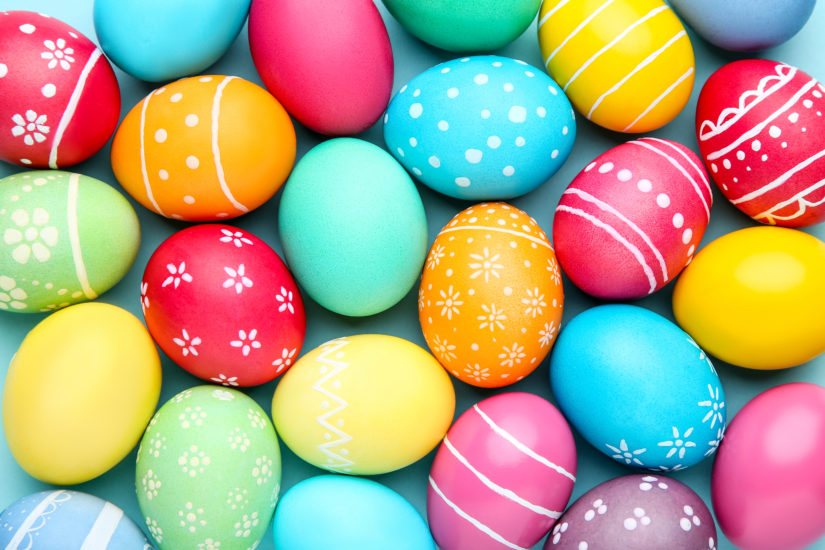
Shutterstock.
Decorated eggs have a long tradition, even pre-dating Christianity. The early Christian church stained eggs red in memory of the Crucifixion, and adopted the egg as a symbol of the Resurrection.
The eating of eggs during Lent was banned at one time. That means that when hens came into lay during spring, there would have been an abundance of eggs at Easter to use as offerings and gifts.
Did you know?
- The most valuable decorated eggs were made in the 1880s by goldsmith Peter Carl Fabergé. They were commissioned by Tsar Alexander III of Russia as gifts for his wife.
- Pace-egging is an old custom, particularly popular in northern England. Coloured and decorated eggs were used as presents, decorations for homes and for rolling down hills.
- The first chocolate eggs in the UK were made by Fry’s Chocolate of Bristol in 1873.
- In the year 1290, King Edward I’s household accounts recorded an expense of 18 pennies for 450 eggs to be gold-leafed and coloured for Easter gifts.
- According to Northumbrian Easter traditions, if a woman refuses a pace egg from a man he can seize her boots. And if a man refuses one from a woman, she can snatch his cap!
- Today, over 80 million chocolate eggs are sold in the UK every year!
- The Dutch and French made the first chocolate eggs in the 1800s using moulds. It was a time-consuming and difficult method and the eggs were mostly solid and tasted quite bitter.
- Popular dyes for pace eggs included cochineal (crushed from the cochineal beetle) for scarlet, gorse for yellow and logwood for rich purple.
- The introduction of a pure cocoa by the Cadbury brothers in 1866 improved the taste of chocolate eggs.
You may also like:
- An Easter recipe for Slow Roast Pork with Tracklements Apple and Sage Jelly Jus
- Easter Craft: Painting Floral Eggs

